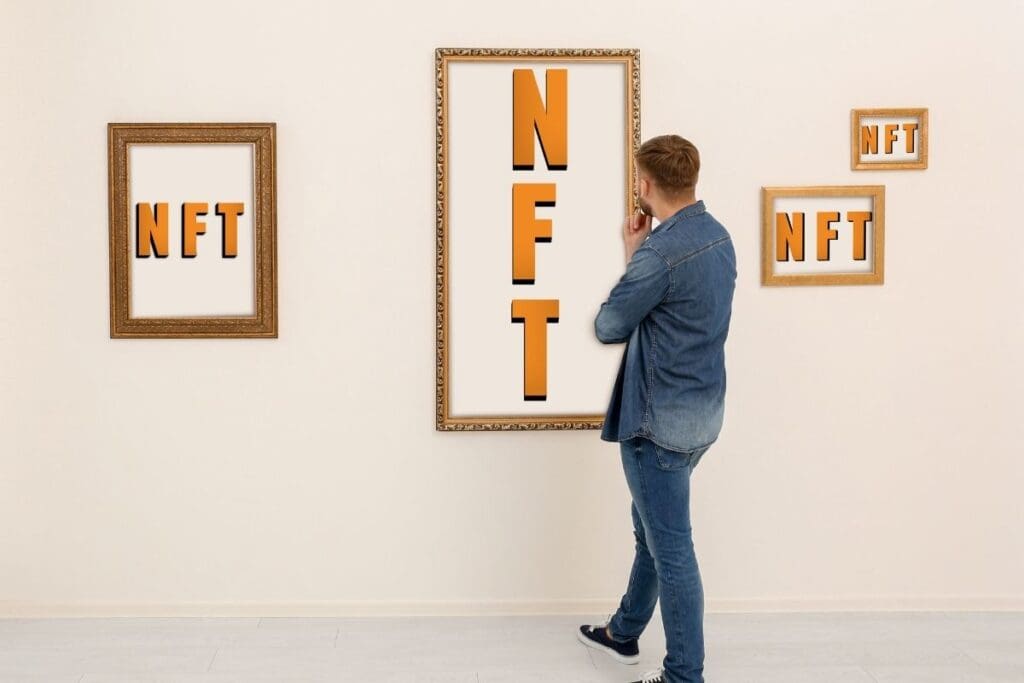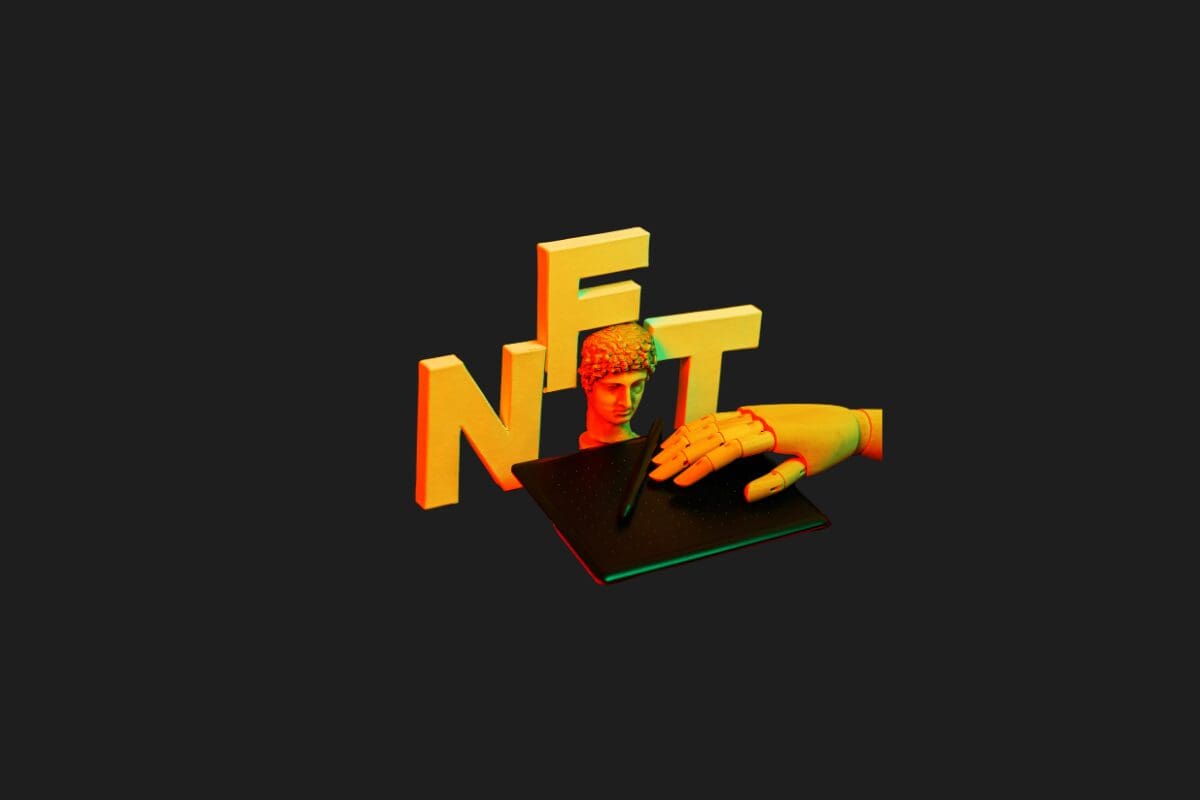A Dutch Auction is a unique and dynamic pricing method often used in the sale of NFTs (non-fungible tokens). Unlike traditional auctions, where prices rise as participants bid, a Dutch Auction operates in reverse, with prices starting high and gradually decreasing until a buyer decides to purchase. This innovative approach has gained popularity for its efficiency and fairness, making it a preferred choice for NFT drops.
How Does a Dutch Auction Work?

- Initial High Price: The auction begins with a pre-determined high price, which is usually set by the seller or platform.
- Gradual Price Decrease: Over a specified period, the price decreases incrementally at regular intervals.
- Purchase Decision: Buyers can choose to purchase the NFT at any point during the price drop. However, once an NFT is purchased, the auction for that specific piece ends.
- Fair Price Discovery: The process continues until all NFTs are sold or the auction period ends.
Key Advantages of Dutch Auctions
- Fair Pricing: By allowing the price to decrease, buyers have the opportunity to purchase at a level they perceive as fair.
- Reduced Gas Wars: In the blockchain space, Dutch Auctions minimize gas fee spikes that often occur during high-demand drops, as buyers are not forced to rush at a single opening price.
- Transparency: The mechanism is clear and predictable, making it easier for participants to understand and strategize.
- Encouraging Patience: Buyers who wait for the price to drop risk losing the NFT to others, which adds a layer of strategic decision-making.
Dutch Auction in Popular NFT Platforms
Several leading NFT platforms have adopted Dutch Auctions to enhance their marketplace offerings:
- Foundation: A platform known for its artist-centric approach uses Dutch Auctions for exclusive drops.
- OpenSea: Some creators on OpenSea use this method to ensure fair access to high-demand NFTs.
- Art Blocks: A popular platform for generative art employs Dutch Auctions to manage high demand and establish fair pricing for rare pieces.
Challenges of Dutch Auctions
While Dutch Auctions are innovative, they do come with certain challenges:
- Risk of Overpayment: Buyers who purchase early might pay more than others who wait for the price to drop further.
- Market Volatility: In a fluctuating NFT market, predicting the right purchase point can be difficult.
- Limited Participation: Not all buyers are familiar with the concept, which might deter participation from new entrants.
The Dutch Auction model has revolutionized how NFTs are sold, offering a balanced approach to pricing that benefits both buyers and sellers. Its ability to reduce gas wars and provide a fair pricing mechanism has made it a popular choice among NFT platforms and creators. However, understanding the strategy and timing required is crucial for buyers looking to make the most of this unique auction format.
By exploring platforms that use Dutch Auctions, NFT enthusiasts can gain firsthand experience and better navigate the dynamic world of digital assets.
You May Also Like
- Bill gates commented on Metaverse
- Adidas’ Surprise NFT and Metaverse Decisions
- Virtual Yacht Sold for $650,000
- First Wedding Realised in Virtual World


